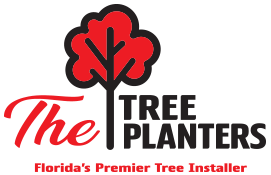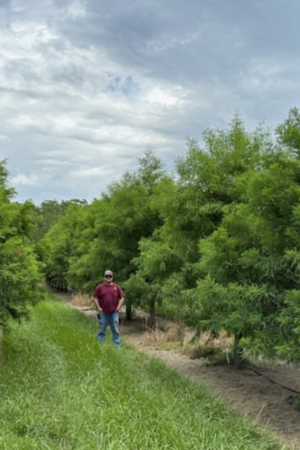BALD CYPRESS
Easy to plant, hard to kill. Resistant to everything. Perfect for extremely wet spots, even on the edge of your lake. Don’t plant it in your pool area though, too much chlorine.
The Bald Cypress is a magnificent marvel of nature, perfect for large landscapes and a testament to the beauty and resilience of our natural world. This incredible tree thrives in wet areas like lake margins but also adapts beautifully to normal or dry soils, showcasing its versatility. Its feathery pale green foliage enchants in spring and summer, transforming into a stunning reddish hue come fall. As a shade provider in summer, it graciously allows sunlight through during winter months.
In the southeastern U.S., these trees are celebrated as both bald-cypress (Taxodium distichum) with their linear leaves spreading elegantly on branches, and pond-cypress (T. ascendens) with their unique awl-shaped leaves closely pressed to branches. The distinction between these forms adds depth to their fascinating story.
Standing tall at over 130 feet with trunks that can reach impressive diameters, young Bald Cypresses start as pyramids before maturing into majestic crowns that spread wide across the landscape. Their bark tells tales of time with its reddish-gray or brown hues peeling away in fibrous strips.
What sets this conifer apart is its deciduous nature; needles turn rusty brown then almost red before gracefully falling in late fall or early winter—a rare trait among needle-bearing trees! Near water bodies, they produce iconic “knees” rising from roots like sculptures crafted by nature itself.
Native to swamps and flood plains from Delaware down through Texas up the Mississippi Valley into Illinois’ heartland—this tree’s adaptability knows no bounds! Preferring acidic soils yet resilient enough for neutral ones too; young saplings grow rapidly under full sun reaching heights unimaginable while living centuries-long lives filled with stories untold!
Though naturally found amidst wetlands where few dare venture—Bald Cypress proves itself capable even when faced against droughts thanks largely due diligence towards survival instincts honed over millennia past ensuring future generations continue thriving despite challenges ahead… truly remarkable indeed!

